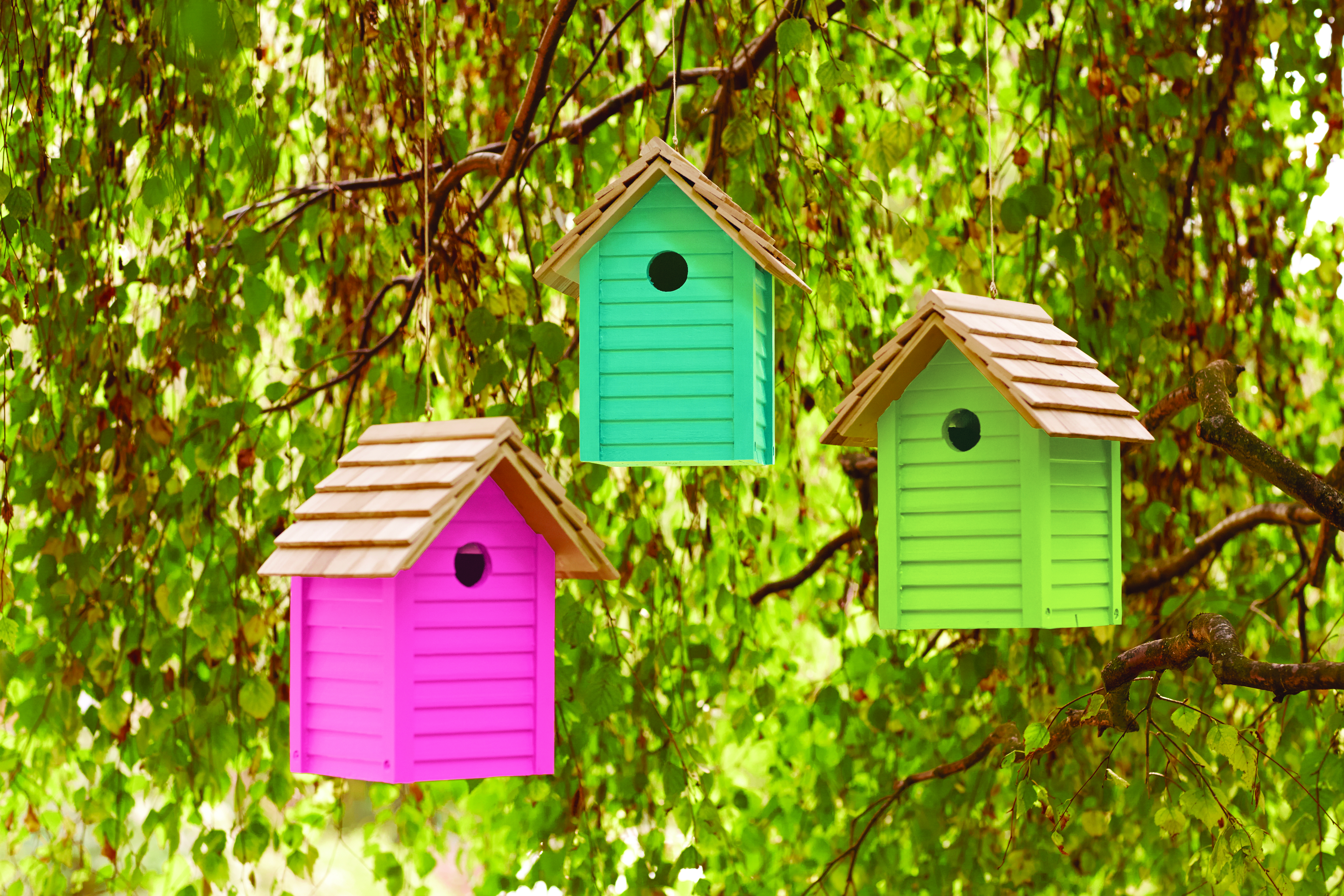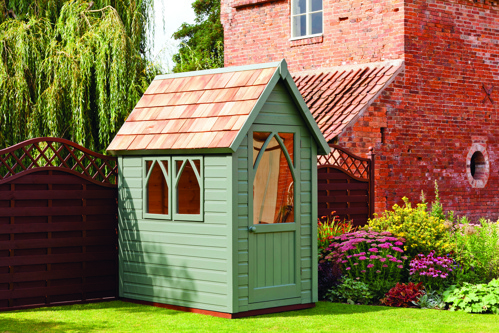
How to attract wildlife to your garden
Attracting wildlife to your garden is a no brainer. By supporting wildlife, you’re helping an ecosystem that increasingly relies on us for survival. In return, your garden will thrive.
You don’t have to do a lot to attract wildlife and you certainly don’t need to be green fingered either. Here are some easy tips to encourage wildlife to make your garden home.
Use different plants
Choosing a variety of plants for your garden gives different homes for different wildlife. Shrubs and trees provide food and shelter and act as cover from the elements.
Climbing plants like ivy give shelter for nesting birds and nectar too. It provides an evergreen habitat that will have your garden teeming with wildlife all year round.
Focus on pollen rich flowers
The bee population has been steadily declining over the last 50 years, so it’s more important than ever that we create bee friendly gardens. Some plants like a Rhododendron and Stargazer Lily are poisonous to bees and should be avoided at all costs. You should also try to choose flowers that don’t have a lot of petals as the nectar is hidden under so many layers that bees can’t get to it!
Try to plant flowers that provide pollen at different times of the year. Wild lilac and crocus bloom in spring, bee balm and foxglove develop over summer and witch hazel and goldenrod bloom in autumn. Purple flowers can be seen much more clearly than any other colour and bell or tubular-shaped flowers appeal to long-tongued bees.

Start composting
Compost is good for the environment and good for your garden too. It makes your soil healthy, is easy to produce and acts as a home for lots of small creatures.
Attract some birds
Attracting birds to your garden is arguably one of the easiest things you can do. A nesting box, bird feed and a bird bath are simple ways to attract feathered friends.
Start by observing the birds that do visit your garden and then research the sort of food they like. Make sure up keep this up in winter too as bird feed can be the top up birds need to stay alive in the colder months.
Do nothing
Sometimes the best thing to do is absolutely nothing at all. Dead wood attracts beetles and small insects, which in turn can attract larger mammals on the hunt for food. It also acts as a hibernation spot in winter and can be made out of any natural wood.
Leave a patch of grass to grow long and replicate a meadow. This gives shelter to small mammals and gives caterpillars and butterflies something to eat.
Add water
Water is a fantastic resource for wildlife. You don’t have to dig a pond, instead fill a shallow planter and place it in a slightly overgrown corner.
Of course you could go all out and dig a pond! Remember to keep the edges shallow so smaller creatures can easily slip into the water.
Enhance your outdoor space further with our range of garden care products including furniture, shed and fence.